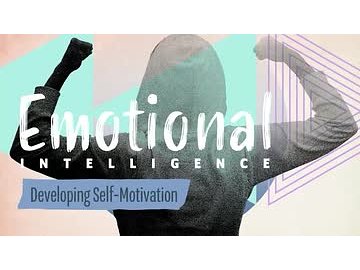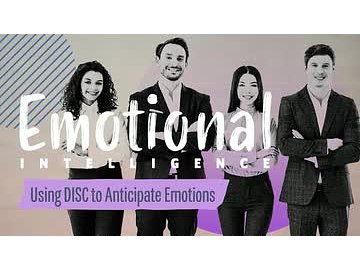Communication Styles
The art of communication has evolved with texting, video calls, and working from home. But being a good communicator is still critical. Our Communication Skills topics help employees develop better communication at work on important themes such as active listening, social cues, communicating with the C-Suite, nonverbal communication, DISC, emotional intelligence, and many more. Scroll down to view a list of course titles we have to offer.
Keywords: business skills, business, communication, communication styles, HSI-ej4
Related Courses

Small Business Management Toolkit
Visited 995 times
$30.00

Building a Business Plan Course
Visited 1,054 times
$30.00
Communication Styles

























Buy This Course
Price :
$32.00 ( Per License )
Visited: 1199 Times
Difficulty: Normal
Resold modules appear on your website. You earn syndication share from each purchase. Contact Coggno to learn more on how to embed your own Portable Webshop in your website.